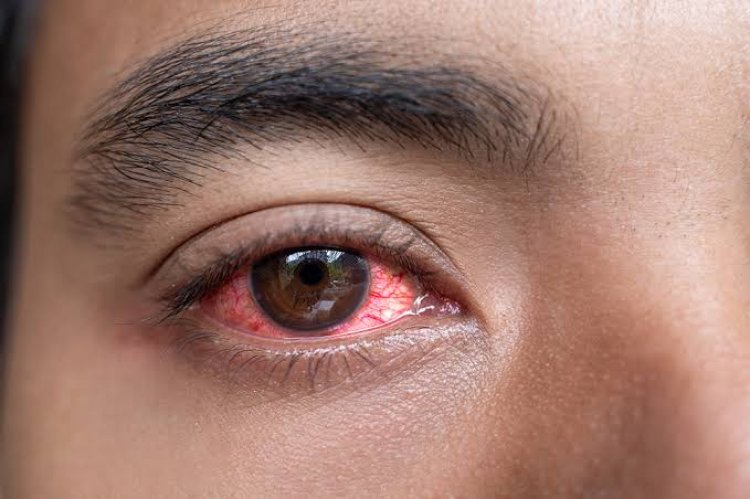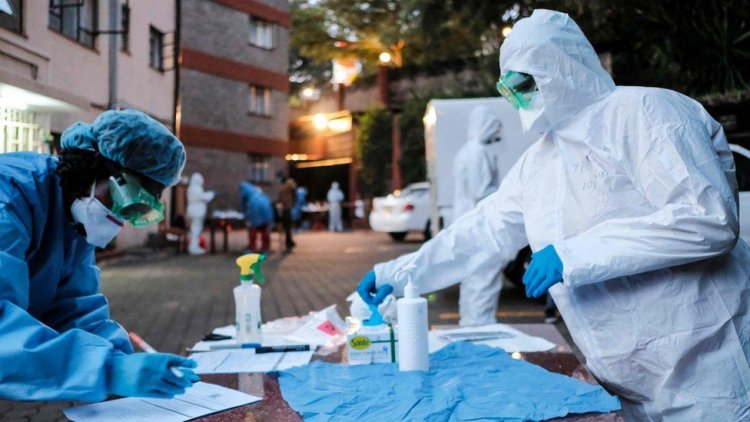Govt Issues Alert Over Red Eye Disease Outbreak In Nairobi
Government spokesperson Isaac Mwaura announced on Thursday, February 1, urging Kenyans to observe high hygiene measures.

The government has announced that three cases of the Red Eye disease have been reported in Nairobi.
Government spokesperson Isaac Mwaura announced on Thursday, February 1, urging Kenyans to observe high hygiene measures.
"The government takes note of the outbreak of the Red Eye disease in the Coastal region, specifically in the counties of Mombasa, Lamu, and Malindi.

Government spokesperson, Isaac Mwaura speaking to the media on January 26, 2024. /ISAAC MWAURA
"A few cases have also been reported in other parts of the country, with one (1) case in Kisii and three (3) in Nairobi," he stated.
His sentiments corroborated those of the Ministry of Health which, through the Acting Director General for Health Patrick Amoth, reported the four cases of the disease which was first reported in Mombasa.
Amoth however noted that the disease is self-limiting, meaning one that can be treated at home or can resolve on their own.
According to the Department of Health in Mombasa, over 200 people were being treated for conjunctivitis disease last week. 80 patients presented themselves for treatment at the Coast General Teaching and Referral Hospital, 36 others visited PortReitz Sub-County Hospital and 33 went to Likoni Sub-County Hospital.
Following the outbreak, the ministry issued an alert in the coastal region, specifically in Mombasa, Malindi, and Lamu.
Dr Amoth on Wednesday, January 31 added that the disease is characterized by red, watery eyes and is most likely due to Adenovirus (epidemic serotype), which spreads very fast but rarely causes long-term complications to the eyes.
“The disease is spread by touching the eyes of infected persons or contaminated surfaces and then touching your eyes. To avoid being infected, it is recommended that you wash your hands frequently and keep your hands off your face,” said Dr Amoth.
The public has also been warned against sharing towels with family members who are infected.
“If you are affected, take time off from work or school to reduce the spread. For mild symptoms, apply a cold compress over the eyes with a wet face towel,” said Dr Amoth.
However, persons exhibiting severe symptoms -redness, discharge, swelling, and bleeding- are urged to seek medical attention.
Red eye disease is caused by viruses, allergens and bacteria. It is contagious and can spread through physical contact with an infected person or surface, and through the air when an infected person coughs or sneezes.
According to Mombasa County Ophthalmologist Nadya Mustafa, there are many causes of conjunctivitis but at the moment, they are dealing with viral conjunctivitis.
“It is a highly contagious virus. A person gets infected the moment they come into contact with the virus. It takes two to four days for someone who is infected to start exhibiting the symptoms of the disease. We should exercise proper hygiene to keep the virus at bay. The virus remains active on surfaces for almost a month,” said Mustafa.







